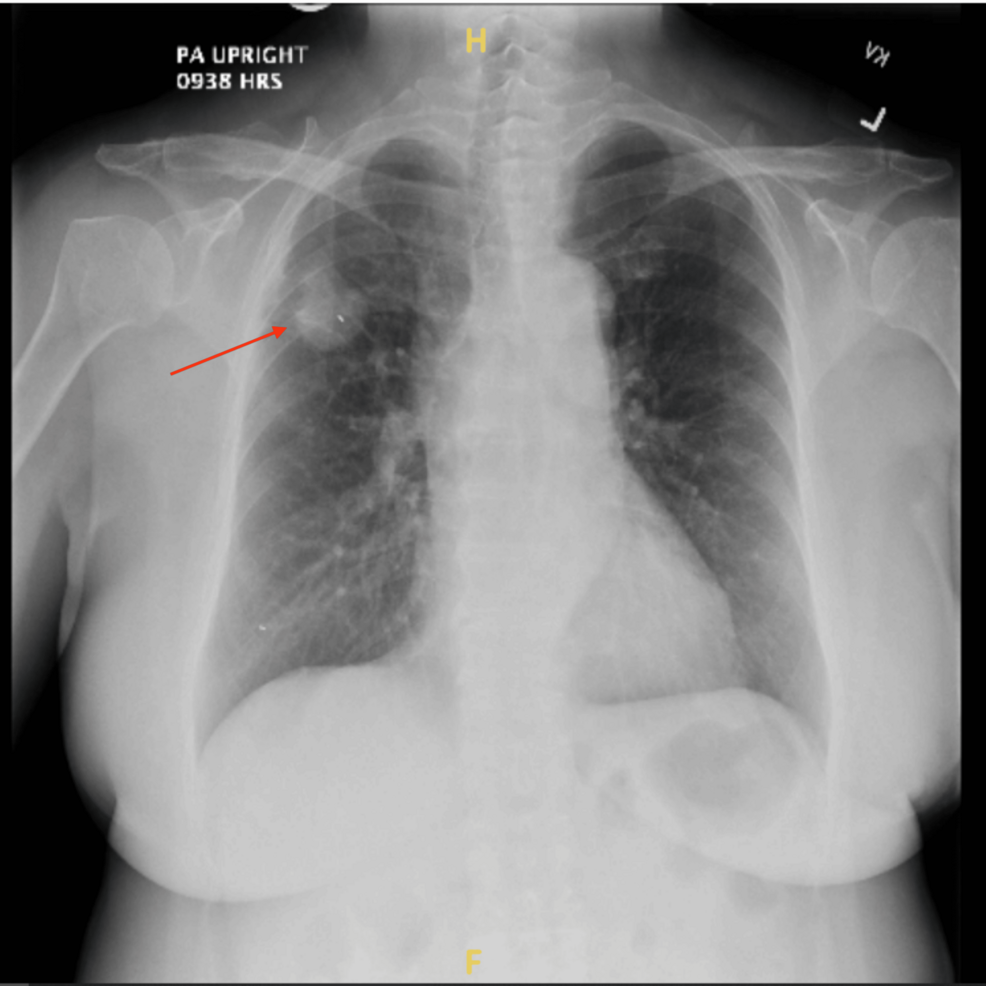In Reply:
We thank Xue et al. for their interest in our study. The potential impact of opioid-free anesthesia protocols is a current topic, and the possibility that it could improve the quality of patient recovery is a promising aspect of anesthetic management. Our team is pleased to discuss the results of our study.
First, regarding the absence of a preoperative Quality of Recovery-15 (QoR-15) score measurement, we would like to remind readers that the QoR-15 is a questionnaire designed to evaluate recovery, specifically designed for the postoperative phase and is not really suitable for the preoperative phase. Several items are poorly understood by patients in the preoperative phase (e.g., item 7, “Getting support from hospital doctors and nurses,” and item 8, “Able to return to work or usual home activities”). Preoperative measures are mainly done for the psychometric validation of the questionnaire (evaluation of responsiveness), and the use of the preoperative score as an endpoint (baseline-postoperative period difference) is infrequent in the literature. Additionally, our study is a randomized trial, and we can assume a balance between the two groups thanks to randomization. Therefore, using this questionnaire preoperatively would only describe the baseline population further, adding complexity to the study (an additional questionnaire for patients to complete) and potentially confusing patients.
Second, we agree that our population predominantly consists of young patients with few comorbidities. For these patients, higher QoR-15 scores at 72 h might be expected, but it should be noted that our study focused on major or complex surgeries according to the Surgical Outcome Risk Tool (SORT) score (95% of our patient population), which could explain the longer recovery time. The classification of good recovery quality based on a QoR-15 score above 122 comes from the study by Kleif and Gögenur involving patients undergoing laparoscopic appendicectomy, while our population is much more heterogeneous. Few data ensure that these categorization thresholds for postoperative recovery quality are perfectly generalizable to more heterogeneous populations.
Xue et al. emphasize the importance of gastrointestinal recovery mentioned in the Standardized Endpoints in Perioperative Medicine initiative recommendations. In these recommendations, gastrointestinal recovery is defined by the time to tolerate an oral diet (e.g., soft food or light meal), while our study collected the total return of bowel movements for stool passage reported by the patient. A median of 5 days is likely too long for our patient population; however, approximately a quarter of the patients had undergone digestive or gynecologic surgeries, which may impair bowel recovery. Additionally, since it was not a primary outcome, patients were asked retrospectively at the 7-day postoperative visit to recall the day of their first stool, introducing potential memory bias. It is also important to note that the unit of measurement was the number of days, which could result in an imprecise and overestimated measure, as this first stool might have occurred earlier in some patients. Bowel recovery is certainly a crucial point to address to optimize patient recovery quality. Developing protocols to improve postoperative recovery quality should include interventions or therapies promoting gastrointestinal recovery (e.g., chewing gum use7 ) beyond attempting to spare opioids.
Additionally, it is important to highlight that during the postoperative phase, our department’s multimodal analgesic protocol was applied. This protocol includes the following drugs: acetaminophen, nefopam, and nonsteroidal anti-inflammatory drugs. Indeed, in our population, during the first 72 h, 132 patients (99.2%) were treated with acetaminophen systematically, 124 patients (93.2%) were treated with nefopam systematically, and 113 patients (85.0%) were treated with ketoprofen systematically; 85% of them received a combination of these drugs. Furthermore, multimodal analgesia includes regional analgesia and/or spinal techniques (in both groups): 75% of patients had either a surgical infiltration of local anesthetic and/or a regional analgesia block. However, we considered that opioids might still be needed for some patients in the postoperative period, which is why their use was still authorized in the opioid-free anesthesia group postoperatively. Procedure-specific and patient-specific multimodal analgesia protocols should be integrated into current care practices, but also for the future trials evaluating opioid-free anesthesia protocols (for both opioid-free anesthesia and control groups).
Once again, we thank Xue et al. for their interest in our study. We agree that these discussion points help clarify our study results and that their comments and insights add valuable perspective to the important issue of opioid sparing during and after surgery to optimize our patients’ recovery quality.




